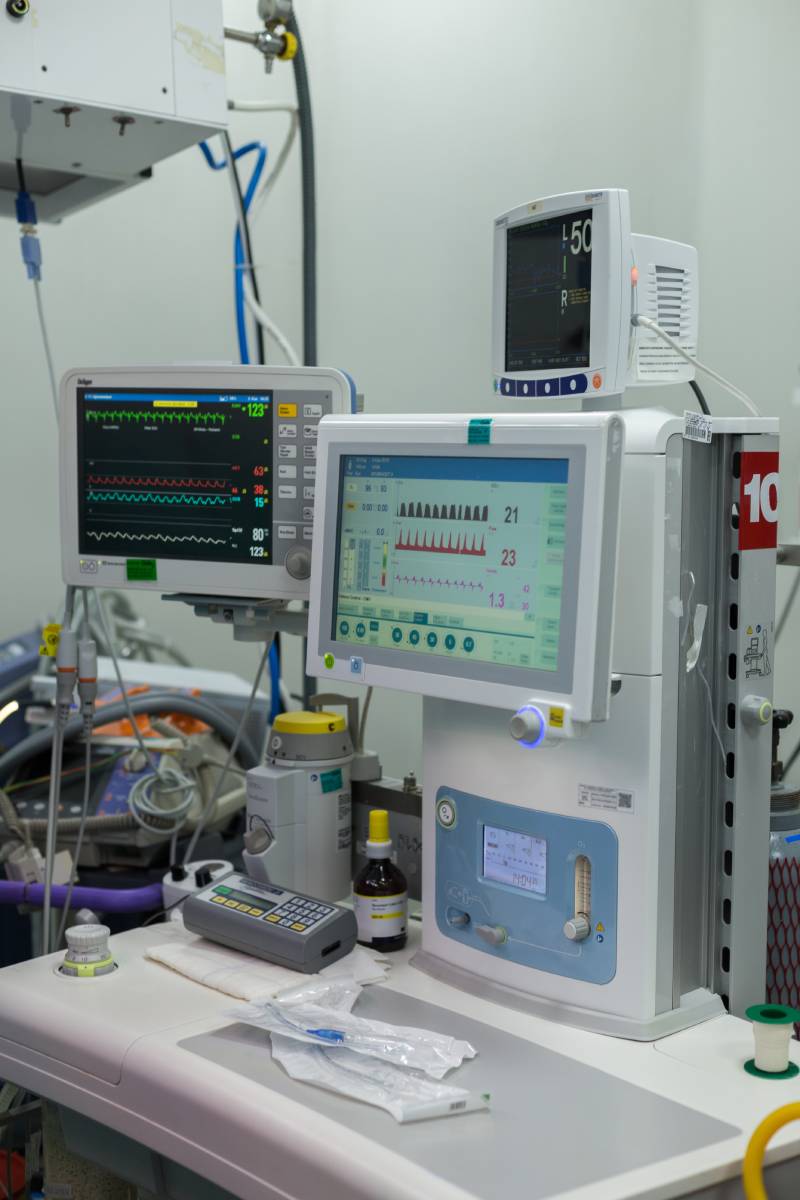In outpatient settings, healthcare providers may encounter patients with difficult airways, necessitating specialized approaches for safe and effective management. Addressing these complexities requires a thorough understanding of and readiness to adapt to diverse clinical scenarios to ensure optimal patient outcomes.
Difficult airways in outpatient settings encompass situations where standard airway management techniques may be inadequate. Factors contributing to difficulty can range from anatomical variations like limited mouth opening or neck mobility to conditions such as obesity or prior airway trauma. These challenges require meticulous assessment and preparedness to mitigate risks and ensure patient safety. In general, the outpatient setting is geared toward patients without urgent, life-threatening health concerns. Outpatient procedures are convenient and often lower cost for patients, but outpatient facilities do not have the same breadth and depth of resources that hospitals do. It is essential to prevent and prepare for complications as much as possible.
Effective management begins with comprehensive assessment and careful planning tailored to each patient’s unique needs. Prior to any procedure, gathering detailed medical history, conducting a focused airway examination, and reviewing relevant imaging studies are essential. This proactive approach aids in anticipating potential difficulties and selecting appropriate management strategies, as well as differentiating between suitable patients and those who would be better served in a hospital setting.
In outpatient settings, there are several strategies for managing difficult airways. Utilizing awake fiberoptic intubation allows for direct visualization of the airway while maintaining patient cooperation and protective reflexes, making it particularly valuable for anticipated difficult airways. Video laryngoscopy offers improved glottic visualization, aiding in successful intubation attempts, especially in patients with anatomical challenges. Laryngeal mask airways (LMAs) serve as effective alternatives for maintaining ventilation when intubation is problematic, providing a rescue option in critical situations. However, they are not suitable in all situations.
Additional steps can further improve the management of difficult airways in outpatient settings. Adhering to established difficult airway algorithms guides stepwise interventions, ensuring a systematic approach to managing unforeseen challenges. Also, clear communication with patients and obtaining informed consent are crucial. Educating patients about potential risks and benefits of different approaches fosters trust and facilitates informed decision-making.
Healthcare professionals can also take steps to improve their airway management skills through training and proctoring. Participating in simulation exercises, attending workshops, and staying abreast of evolving techniques and technologies are essential practices for maintaining competence and confidence in outpatient settings.
Effectively managing difficult airways in outpatient settings demands a proactive approach, thorough preparation, and proficiency in utilizing advanced techniques and technologies. By prioritizing patient safety, fostering clear communication, and continually refining skills through education, healthcare providers can navigate challenges with confidence and achieve favorable outcomes. Emphasizing the significance of tailored strategies and readiness to adapt ensures that patients receive optimal care, reinforcing the commitment to excellence in outpatient airway management.

